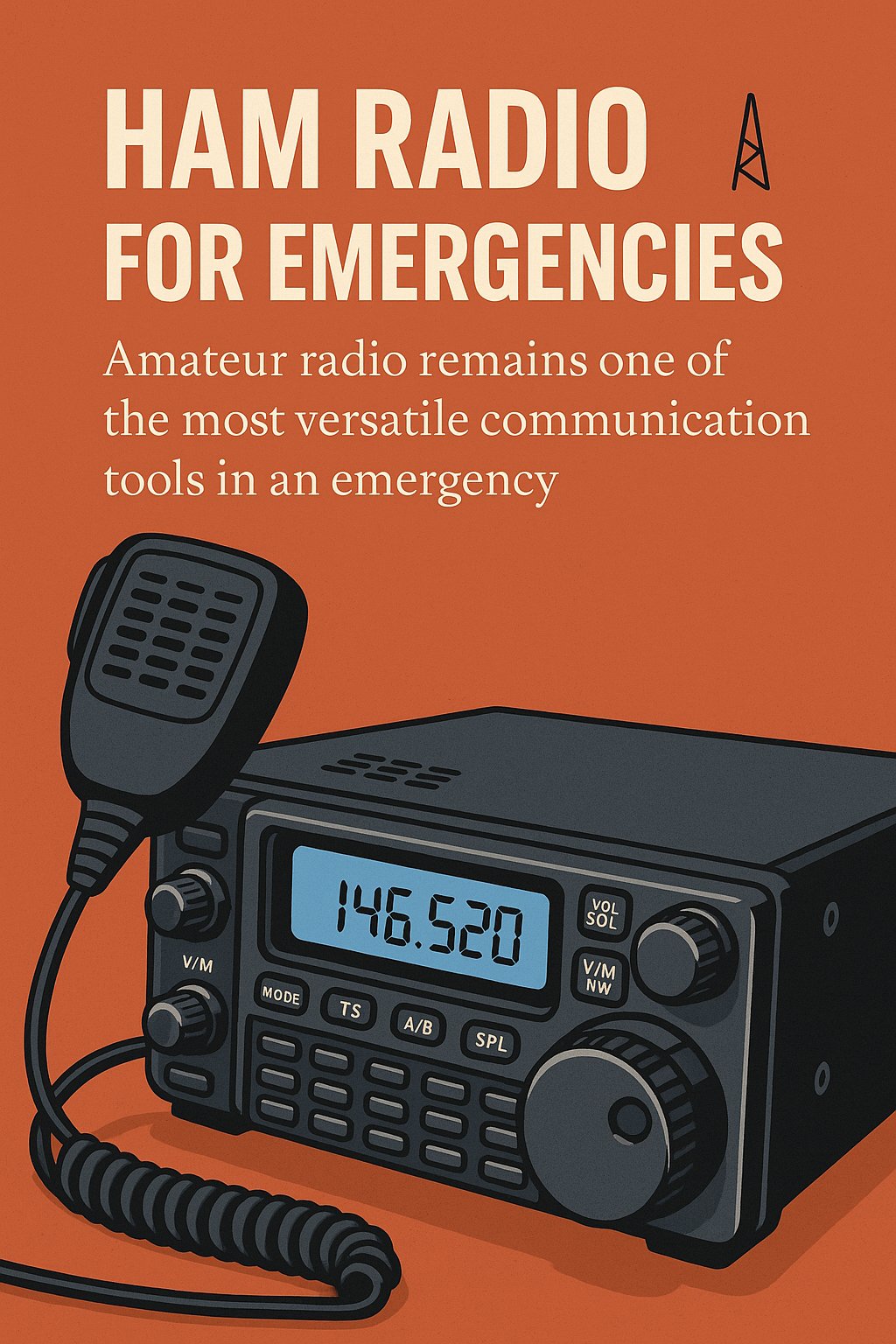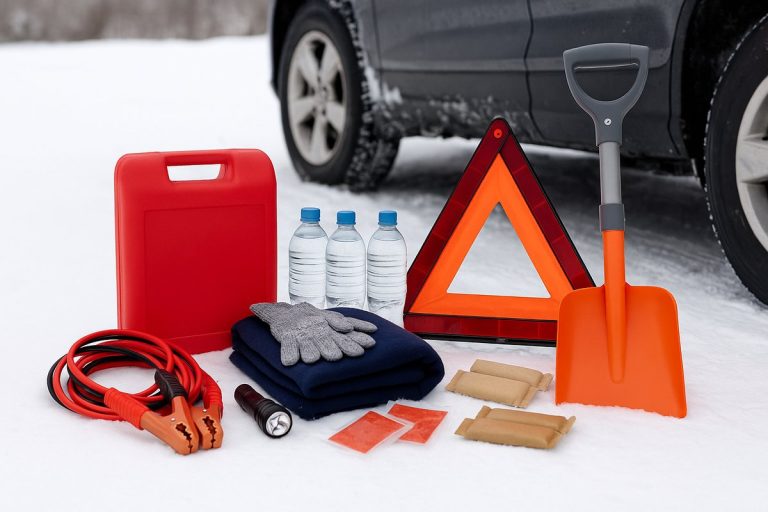In a major disaster — grid down, cellular networks overloaded or offline, Internet out — reliable communication becomes one of the most critical assets for a prepper community. While satellite phones, mesh networks and other tools have their place, amateur radio (ham radio) remains one of the most flexible, resilient, community-based solutions. Some of the reasons:
- Ham radio doesn’t depend on commercial infrastructure. Operators can use HF (short wave) bands to reach far beyond local areas, or VHF/UHF for local nets. rac.ca+3Ham Radio Prep+3rac.ca+3
- It offers multiple modes: voice, digital (e.g., Winlink), Morse (CW) — so if one mode is congested or unavailable you may switch. Ham Radio Prep+1
- Ham operators often form part of emergency communications organizations (in Canada: Radio Amateurs of Canada (RAC) / local ARES) and coordinate with emergency-managers or NGOs. rac.ca+1
- For prepping/homesteading communities, having trained ham-operators offers a backup communications network for: early warning (weather, wildfires, flooding), coordinating local teams, linking to external relief nets, linking remote fallback sites, etc.
- It fosters self-reliance and community resilience. When you build ham capability (equipment, antennas, practiced nets, backup power) you’re less dependent on external resources.
Bottom line: If your prepper community doesn’t already have at least one licensed amateur radio operator, a basic setup (VHF/UHF transceiver + antenna + power backup + practiced net plan) is strongly recommended. Beyond that, consider HF capability for regional/long-distance linking.
Canadian regulatory and practical considerations
Since you’re in Central Ontario (Canada), you’ll want to align with Canadian amateur radio regulations and national emergency-comm frequencies.
Licensing
In Canada, you must be licensed to transmit in the amateur bands. Listening only (receiving) is generally allowed but transmitting without a valid licence is illegal. reddit.com+1
Also, in emergencies or disaster relief, amateurs may have broader privileges in certain bands or modes (see below). ISED+1
National HF emergency frequencies
The RAC has pre-determined certain HF frequencies for use by the Amateur Radio Emergency Service (ARES) in Canada during declared emergencies or disasters. rac.ca
Here’s a table of some of the key frequencies:
| Band | Mode | Frequency | Tactical name |
|---|---|---|---|
| 80 m (LSB) | Voice | 3.675 MHz | Alfa |
| 80 m (CW) | 3.535 MHz | Golf | |
| 80 m (Digital) | 3.596 MHz | Mike | |
| 40 m (LSB) | Voice | 7.135 MHz | Bravo |
| 40 m (CW) | 7.035 MHz | Hotel | |
| 40 m (Digital) | 7.096 MHz | November | |
| 20 m (USB) | Voice | 14.135 MHz | Charlie |
| 20 m (CW) | 14.035 MHz | India | |
| 20 m (Digital) | 14.096 MHz | Oscar | |
| 17 m (USB) | Voice | 18.135 MHz | Delta |
| 17 m (CW) | 18.075 MHz | Juliet | |
| 17 m (Digital) | 18.096 MHz | Papa |
These frequencies should be understood as centres of activity — operations may shift up/down depending on conditions, local coordination, etc. Ve3ips+1
VHF/UHF and local emergency ham-nets
For local or regional operations (e.g., your retreat or prepper community within Central Ontario), you’ll likely operate on VHF/UHF bands (2-metre, 70-cm, etc.). It’s wise to coordinate with local amateur clubs, develop a standby net frequency, simplex channels (if repeaters fail), and test them regularly.
Putting it into your retreat/prepper-community context
Since you’re building a detailed preparedness ecosystem (book, blog, membership, content etc.), consider these steps to integrate ham radio into your wider strategy:
- Get at least one licensed amateur radio operator within your community/retreat. Cover VHF/UHF and consider HF for regional links.
- Set up hardware and backup power: transceiver (2 m/70 cm dual-band, HF rig optionally), antenna(s) (simpley, portable, and fixed), UPS/solar/generator backup.
- Define a communications plan:
- Primary local net frequency (e.g., 146.520 MHz simplex)
- Secondary fallback net (maybe alternate simplex/hf)
- Regional contact frequency (use HF national emergency if needed)
- Roles: net control station, message forwarding, liaison to external nets, folks monitoring public safety channels.
- Practice drills: schedule regular nets, check-ins, scenario drills (power down, repeater out, long distance link). Use the national HF emergency freqs to practice longer-range fallback.
- Train for interoperability: while your group stays amateur-service-based, have listening capability on public safety channels (monitor only) so you are situationally aware.
“Bottom line: Communication is as critical as water, food and shelter in a prolonged emergency. By building amateur-radio capability into your preparedness plan, training your team, and practising your nets, you’re not just buying gear — you’re building capability, resilience and community. Start today: pick your frequency, plan your drill, and make ham radio part of your prepper strategy.”




